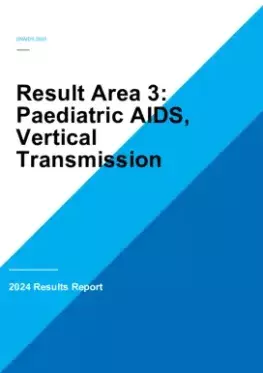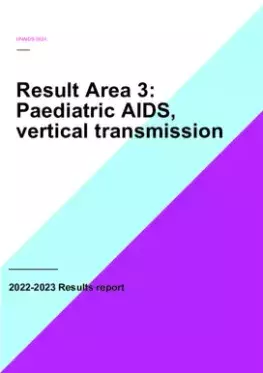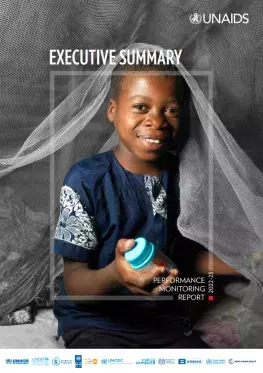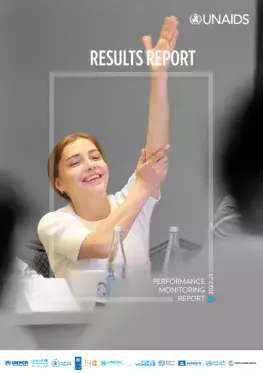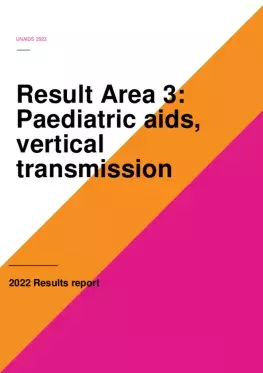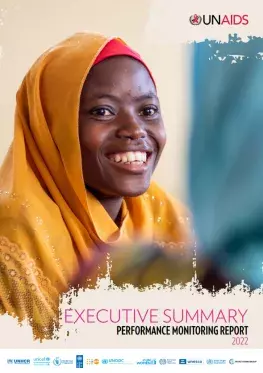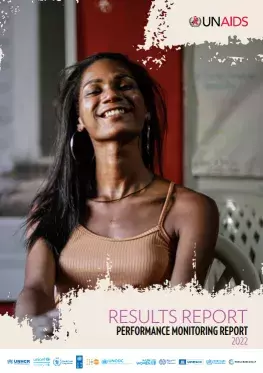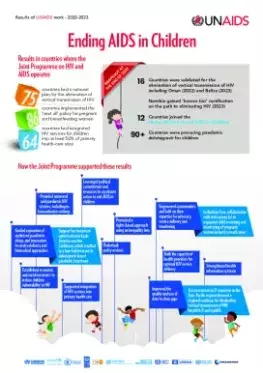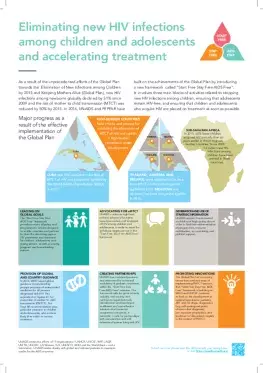In 2024, 76 countries supported by the Joint Programme have a national plan for the elimination of vertical transmission of HIV while 100% of countries implement the “treat all” policy for pregnant and breastfeeding women. Moreover, 64 countries supported by the Joint Programme have HIV services for children integrated into at least 50% of primary health care sites.
The Global Alliance to end AIDS in children by 2030, co-convened by UNICEF, with WHO, UNAIDS Secretariat, PEPFAR, implementing partners, networks of people living with HIV and civil society, continued to support stepped-up efforts in 12 African countries, which together account for about 66% of new HIV infections and 64% of AIDS-related deaths among children. The Global Alliance has gained significant momentum, with Ministers of Health from 12 countries formally endorsing the Dar es Salaam Declaration for Action to End AIDS in Children by 2030. Innovations and effective interventions were promoted through a new Paediatric & Adolescents HIV Services Delivery Hub.
A new four-pillar framework introduced by WHO expands the focus of service delivery from the elimination of vertical transmission of HIV only to the triple elimination of HIV, syphilis and hepatitis B and to emphasize service integration, cross-programme coordination and person-centred care for pregnant women, girls and their infants. New guidance is available for timely HIV diagnose among children. Technical support was also provided to 12 countries to accelerate scale-up of the most effective regimens for children and plan for the introduction of new optimized formulation in a child-friendly, fixed-dose combination dispersible tablet. UNICEF also continued to support the roll-out of a new fixed-dose combination ARV regimen for children. By the end of 2024, a majority of children living with HIV in many countries, mostly in sub-Saharan Africa, had access to paediatric ALD (pALD), the WHO - recommended preferred first-line treatment for HIV in children, thanks to efforts to increase its availability by securing a Medicines Patent Pool licence. The Joint Programme also supported national capacities for data collection, analysis and its use to inform more effective and differentiated programming for preventing vertical transmission and maternal and newborn health services.


